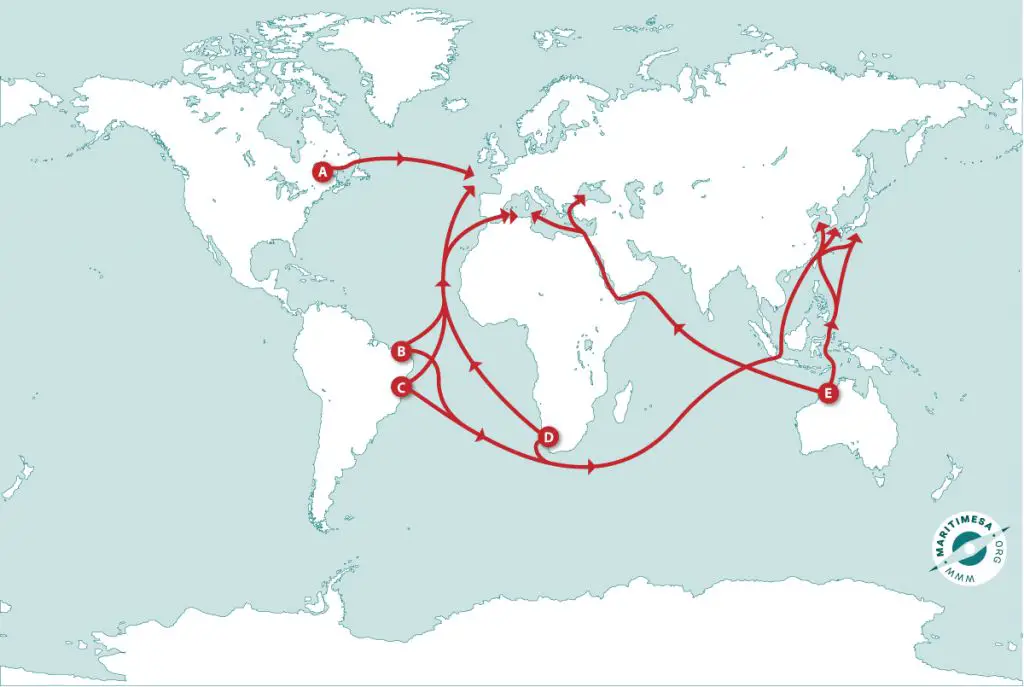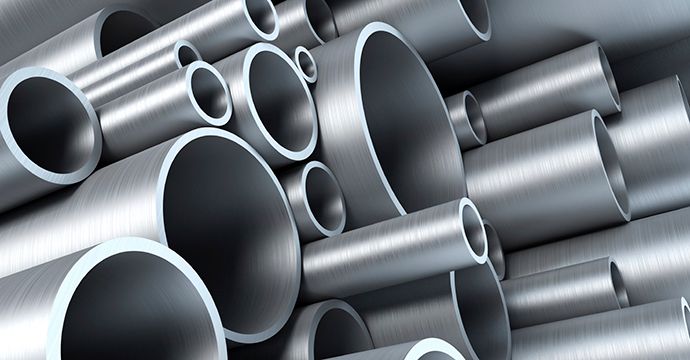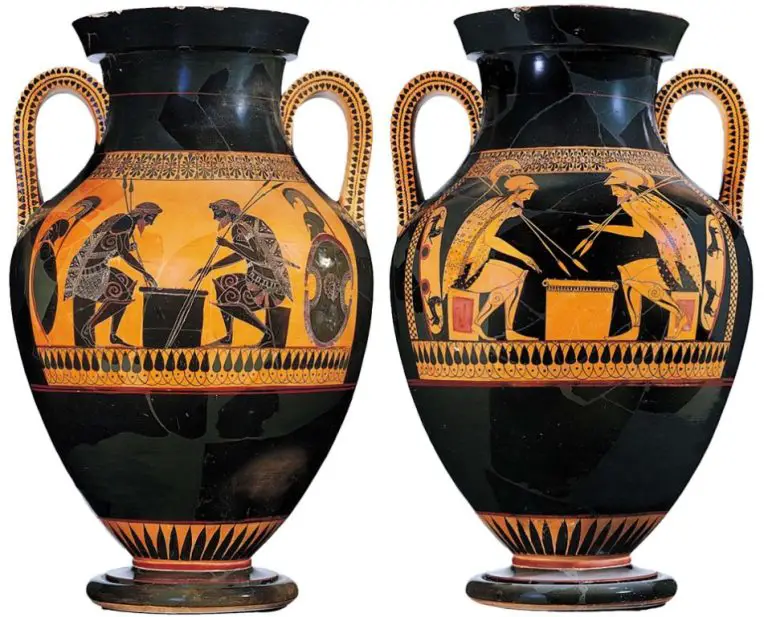What Is Red Iron?
What is Red Iron?
Red iron, also known as red iron oxide or hematite, is a mineral form of iron oxide that has a characteristic red color. Hematite’s chemical formula is Fe2O3 and it has a high iron content of about 70%.
Hematite is an abundant and widely distributed mineral that forms in rocks and soils. It is found in a variety of geological environments including sedimentary, metamorphic, and igneous rocks, as well as in hydrothermal mineral deposits. Major deposits of hematite can be found in Canada, Brazil, Australia, and parts of Asia.[1]
Some key properties of hematite include its red streak, metallic luster, and high density. It has a rhombohedral crystal structure and displays magnetism. When hematite is found in a fine powder form, its striking blood red coloration makes it useful as a pigment. Overall, hematite is an important iron ore mineral and the main source of industrial iron.
Origins and History

Red iron oxide, also known as red ochre or iron(III) oxide, has been used as a pigment for centuries. The name “Indian red” derives from the red laterite soil found in India, which contains iron oxides 1. Red ochre pigments were used in ancient Egypt and Greece, and by Native American cultures for rock paintings and as a face paint 2. Historically, red iron oxide has had many uses including as a pigment for paints, coloring mortar, and as an ingredient in cosmetics.
The earliest known use of red iron oxide pigments dates back to the Paleolithic period, with paintings and rock art found in caves in Australia. In Ancient Egypt, red ochre was used symbolically and decoratively in burials. The pigment hematite was used in Ancient Greek pottery glazes and by the Romans in decorative arts. Throughout history, red iron oxide has maintained its significance as a pigment for art and decoration.
Chemical Composition
Red iron, also known as iron(III) oxide or ferric oxide, has the chemical formula Fe2O3 (Wikipedia, n.d.). It is an inorganic compound composed of iron and oxygen atoms. The mineral form of red iron oxide is known as hematite.
Hematite has a very high iron content of about 70% iron. It contains two iron atoms for every three oxygen atoms (American Elements, n.d.). The iron atoms are in the +3 oxidation state. Hematite crystallizes in the rhombohedral lattice system and forms an hexagonal crystal structure (Wikipedia, n.d.).
Other mineral forms of iron(III) oxide include maghemite (Fe2O3), which has a cubic crystal structure, and goethite (FeO(OH)), which is made up of iron oxyhydroxide. Red iron oxide can also exist in non-crystalline forms such as ferric hydroxide (Fe(OH)3).
Geological Occurrences
Red iron, in the form of hematite, is one of the most abundant iron ores found on Earth. It occurs in a variety of geological settings, both sedimentary and igneous. Some of the largest deposits of hematite have been found in https://mineralmilling.com/iron-oxide-red-all-you-need-to-know/:
Iron oxide red has been used by many civilizations. Different …
– Banded iron formations – These are chemically precipitated sedimentary rocks that formed in the Precambrian period. Large deposits are found in Brazil, Canada, and Australia.

– Iron-rich shales – Hematite can form in shales through chemical precipitation or alteration of other iron minerals. Major deposits occur in Brazil and China.
– Magmatic deposits – Hematite crystallizes in silica-rich igneous rocks like granite. Russia contains substantial magmatic hematite resources.
– Hydrothermal replacement deposits – Hot fluids circulating through fractures can alter existing rock into hematite. Significant examples exist in Brazil, Peru, and Mexico.
– Weathering of iron-bearing minerals – Hematite often forms through weathering of other iron minerals like magnetite, siderite, and pyrite. It is common in tropical soils.
So in summary, hematite can form through a variety of geological processes and is found across all continents. The largest sedimentary-type deposits occur in Precambrian banded iron formations, while Brazil hosts major resources across multiple deposit types.
Mining and Extraction
Iron ore is mined from surface mines using large earth-moving equipment. First, bulldozers clear and prepare the mining area. Then, the iron ore is drilled and blasted out of the ground using explosives. The iron ore is then loaded into huge dump trucks that can carry over 300 tons of ore in one load (Iron Mining Process – Minnesota Iron). These trucks deliver the iron ore to crushers which break the ore into smaller pieces. The crushed ore is then sent to the concentrator, where it is separated into iron and waste rock. Magnetic separation and flotation are used to extract the pure iron from the ore.

Iron mining can have significant environmental impacts, especially open pit mining which alters landscapes and impacts ecosystems. Water pollution, air pollution, and damage to wildlife habitats are some of the main environmental concerns. Proper planning and environmental management practices are important for responsible iron mining (Energy and Environmental Profile of the U.S. Mining Industry).
Uses
Red iron oxide has a wide variety of industrial and commercial applications that take advantage of its unique properties. The mineral’s red and orange hues make it a popular pigment used in paints, plastics, ceramics, and construction materials like concrete and bricks. According to The Red Iron Age, the durability and aesthetics of red iron contribute to its prevalence as a building material for prefabricated metal structures.
In medicine and cosmetics, red iron oxide serves as a natural colorant in ointments, toothpastes, and makeup. It is also an important component of nutritional supplements and animal feed. The mineral’s abrasive qualities lend themselves well to use as a polishing compound for metals and glass, as noted by Natural Red Iron Oxide – Applications & Uses. In summary, red iron oxide is a versatile material that brings color, strength, and finishing effects across many commercial applications.
Metallurgy
Red iron ore goes through extensive refining and smelting processes to purify the iron and remove impurities. After mining, the raw red iron ore is crushed and ground into a powder. This powder then undergoes a process called sintering, where it is heated to high temperatures to fuse the ore into solid pieces and drive off some impurities. The sintered ore is then mixed with limestone and coke and fed into a blast furnace where it is smelted into pig iron. Inside the blast furnace, the iron oxides are reduced to metallic iron by the carbon monoxide produced from the burned coke.
The molten pig iron contains around 4-5% carbon as well as silicon, manganese, and small amounts of phosphorus and sulfur. Further refining is done via several processes to reduce the carbon content and produce various grades of steel and iron. The main methods are the basic oxygen process, where pure oxygen blows through the molten pig iron to burn off carbon and impurities. There is also the open hearth process using external heat sources and the electric arc furnace. The steel can then be cast into ingots or directly rolled into finished steel products.
Red iron can also be used to produce various iron alloys and compounds. It can be processed into wrought iron, alloy steels, cast iron, and pig iron. Red iron is also the raw material for manufacturing cement, pigments, and other chemicals. The versatility and strength of products made from red iron make it an indispensable industrial metal.
Economics
The economics of red iron are driven by supply, demand, and pricing. On the supply side, red iron is produced through mining and extraction processes. Major producing countries include China, Brazil, Australia, India, and Russia (Red Iron Group). Global production has increased steadily over the past decade to meet growing demand, especially from emerging economies. However, mining operations can be costly and production is sensitive to energy prices and labor costs.
Demand for red iron is largely driven by the construction and manufacturing sectors. In construction, red iron is used for building materials, machinery, and infrastructure. The manufacturing sector utilizes red iron for automotives, appliances, industrial equipment, and more. Developing countries undergoing rapid urbanization and industrialization have fueled much of the growth in demand. However, demand can fluctuate with economic cycles and recessions may dampen red iron consumption.
Pricing for red iron ore and products is determined by global commodity markets. Benchmark pricing is set annually and quarterly price negotiations between major producers and consumers establish market rates. Prices peaked around 2011-2013, reaching over $180/ton, but declined to under $40/ton in 2015 amid global oversupply. More recently, prices recovered back to around $120/ton due to rising demand and supply tightness. Red iron ore prices tend to correlate with growth cycles in China, which dominates the global market. (Red Iron Group)
In terms of trade, China, Japan, South Korea, Germany, and India are major importers of red iron ore and steel. Australia, Brazil, South Africa, Canada, and Sweden lead exports. To secure access to raw materials, some countries and companies have made substantial investments in overseas mining operations. Overall, the red iron market is globalized but remains sensitive to trade policy and geopolitics.

Future Outlook
The future outlook for red iron production and use looks positive. Global demand for red iron is projected to grow steadily, driven by continued infrastructure development and industrialization in emerging economies like China and India.[1] On the supply side, known global reserves of iron ore are estimated to exceed 800 billion metric tons, which should support many decades of continued red iron production at current rates.[2]
Advances in mining technology and metallurgy are expected to improve red iron recovery rates and reduce production costs going forward. New direct reduced iron (DRI) technologies that use natural gas instead of coke for iron ore reduction show particular promise for more sustainable, lower emission steel production.[3] Environmental regulations may also drive increased recycling and re-use of red iron and steel products.
Overall, the unique properties and versatility of red iron will likely ensure it remains a vital material far into the future, especially for construction, manufacturing, and transportation applications where strength, safety, and durability are paramount.
Key Takeaways
Red iron is an important mineral that has been used since ancient times for pigments, construction, and tools. Though abundant, mining red iron is energy intensive and has environmental impacts. Metallurgic processing allows red iron to be alloyed into steel, one of the most economically essential metals today.

Red iron deposits are widespread, but high quality ore is increasingly hard to find. The costs and difficulties of extraction and processing will likely continue to rise. Methods to streamline mining and increase efficiency while reducing ecological damage will be essential for supplying the global demand for steel into the future.
In summary, red iron has a long history of essential uses for humanity. It remains a vital raw material for modern civilization despite the challenges of sourcing it sustainably. Red iron will continue shaping economies and technologies for the foreseeable future through its role as the primary source of steel.



